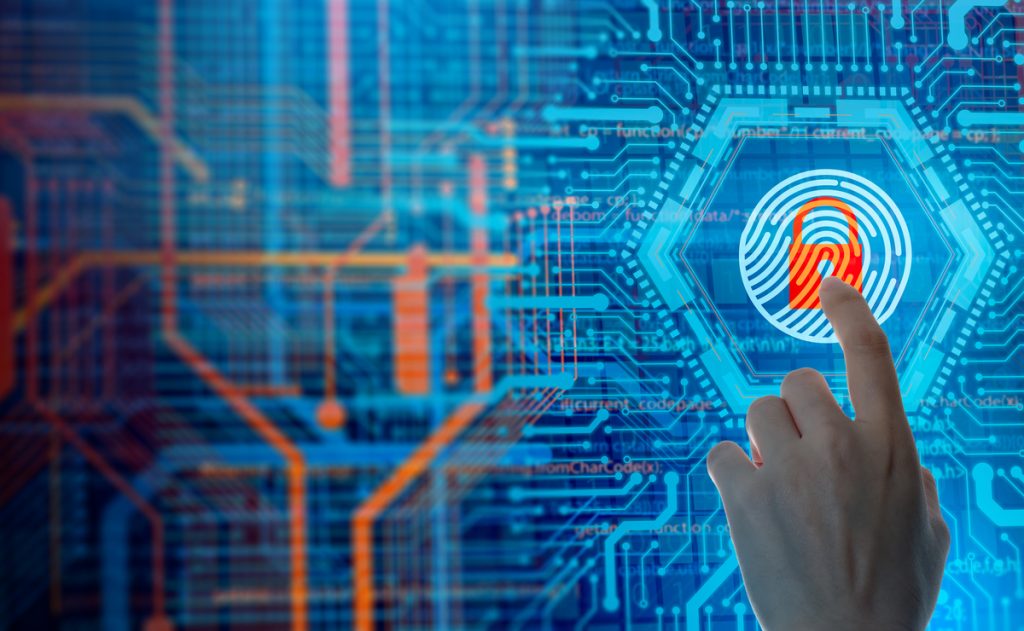Highlights:
- The service includes Google Chrome OS Flex, allowing businesses to move compromised Windows and Mac systems to Chrome OS.
- This tool offers a different, safe cloud desktop environment that executes in Google Cloud. It will switch in real-time if ransomware attackers attack its traditional systems.
Cameyo and Google disclosed the launch of Cameyo Rapid Recovery, a new rapid recovery business continuity system developed to help enterprises protect themselves against ransomware attacks.
Cameyo Rapid Recovery delivers a remote, secure cloud desktop framework executed in Google Cloud, which businesses can switch to immediately if their on-premises environment is attacked.
The service includes Google Chrome OS Flex, allowing businesses to move compromised Windows and Mac systems to Chrome OS.
This technology is a perfect solution for businesses to manage workforce access to sensitive data during ransomware attacks to stay productive.
Enterprise continuity: The perfect resolution to ransomware?
The announcement comes at a time when ransomware attacks rose by 105% the previous year. Cybercriminals majorly concentrated on encrypting and extracting crucial data assets to get leverage over victim businesses — forcing them to bear tons of expensive downtime and data leakage or to pay up.
Research reveals that many enterprises are worried over the double and triple extortion strategies that attackers use. About 74% of IT decision-makers are so concerned about new extortion techniques that they believe ransomware should be treated as a matter of national security.
For Cameyo, the solution to these risks lies in offering enterprises the business continuity they require to keep productivity during disruptions and take away the leverage of the attackers.
The marketplace of the virtual desktop
Cameyo Rapid Recovery is the latest solution to join the global Virtual Desktop Infrastructure (VDI) market. Researchers valued it at USD 12.65 billion in 2020 and predict it will reach a value of USD 33.42 billion by 2028.
The competition for this solution is from many other traditional virtual desktop and cloud desktop vendors as well. Citrix is one such competitor that was acquired by Vista and Evergreen/Elliott at the start of the year for USD 16.5 billion. Citrix is a desktop as a service (DaaS) solution vendor that operates from any cloud or data center.
VMware is another competitor that provides a cloud desktop as a service solution called Desktone, with one platform that manages windows desktops, which reported USD 12.85 billion in revenue for the past year.
“The primary difference between Cameyo and legacy VDI/DaaS providers is that VDI and [software-as-a-service] SaaS both rely on delivering Windows desktops, whereas Cameyo’s VAD technology delivers Windows-independent Cloud Desktops, which reduce the cost, complexity, and security issues of Windows-based virtual desktops,” Henshaw said.
Experts’ view
“Whether it’s due to a cyberattack or some other disaster, if an organization’s network is compromised, they must have a business continuity plan in place to help ensure their people can continue to access the applications and amp; data they need to do their jobs and keep the business running,” Robb Henshaw, co-founder, and CMO at Cameyo said.
“The Cameyo Rapid Recovery service provides organizations with a separate, secure environment that’s preconfigured with the apps and amp; data they need to quickly restore access to all of their people, safely and amp; securely from any device, even as an incident is still being investigated and remediated,” Henshaw added.














